In an era of climate change and growing food security concerns, an unexpected hero has emerged from the annals of agricultural history. Nearly a century ago, a shy British botanist named Arthur Watkins embarked on a global mission to collect wheat samples. Little did he know that his meticulous work would one day hold the potential to revolutionize modern agriculture and safeguard one of humanity’s most vital food sources.
Today, Watkins’ collection of 827 wheat varieties from 32 countries stands as a genetic goldmine, offering hope in the face of mounting environmental challenges. Recent research has revealed that this diverse assembly of heritage wheat contains a wealth of genetic information absent in modern cultivars – information that could be crucial in developing resilient, sustainable wheat strains for the future. As we grapple with the need to feed a growing population in an increasingly unpredictable climate, Watkins’ foresight may prove to be the seed of our agricultural salvation.
Botanist’s Life: Arthur Watkins

Arthur Watkins, described as a “quiet and shy” British botanist, was a pioneer in plant genetics during the early 20th century. His most significant contribution was the meticulous collection of wheat samples from 32 countries, both within and outside the British Empire. This endeavor, spanning years of dedicated work, resulted in what is now known as the Watkins Landrace Collection.
Watkins’ foresight in gathering such a diverse range of wheat varieties has proven invaluable to modern agricultural research. His collection, housed at the John Innes Center in Norwich, UK, provides a snapshot of cultivated wheat before the era of systematic plant breeding. This treasure trove of genetic diversity is now helping scientists develop more resilient and sustainable wheat strains for the future.
Understanding Wheat Genetic Diversity
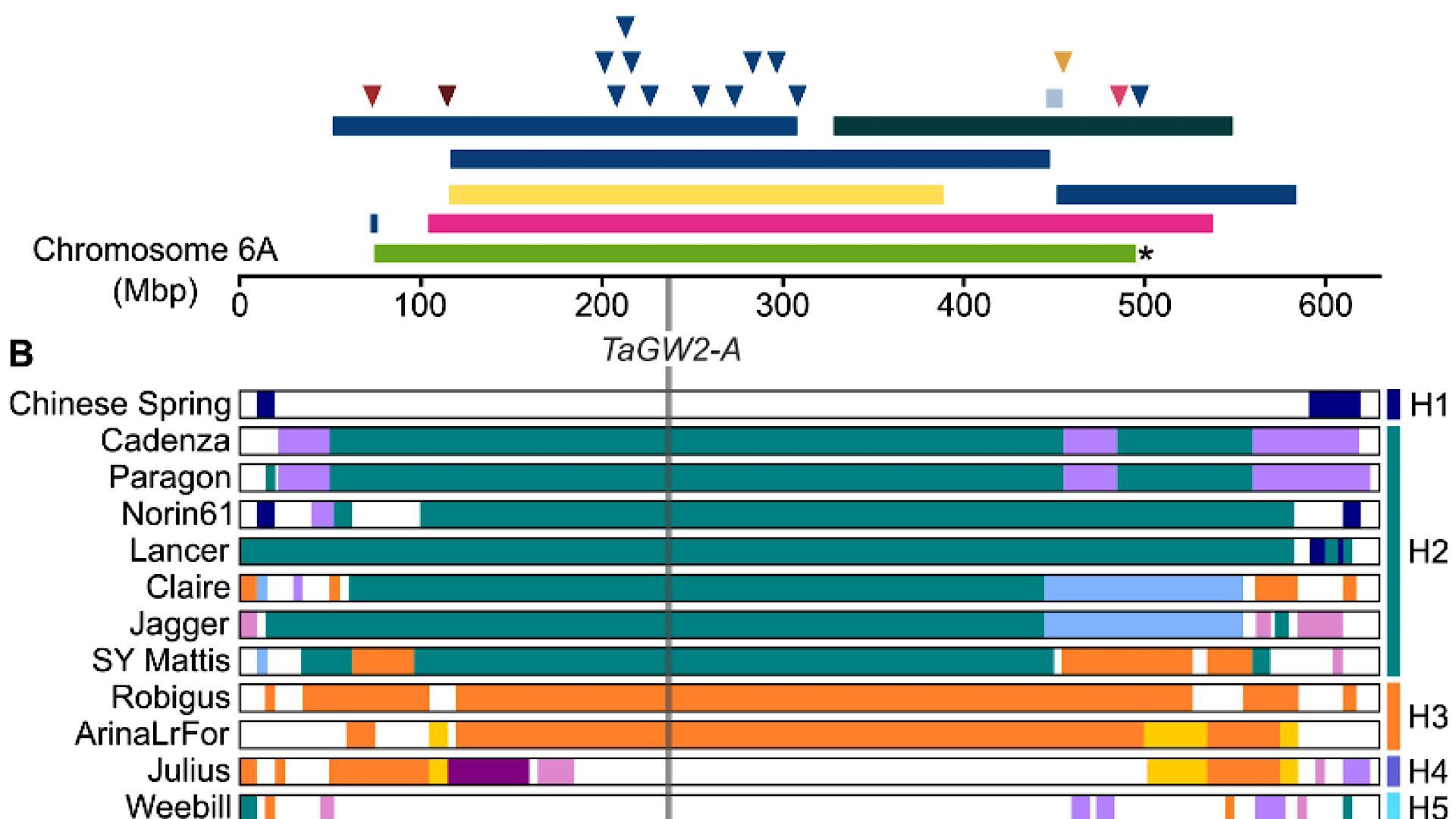
Recent genomic studies of the Watkins Landrace Collection have revealed a startling fact: modern wheat displays only 40% of the genetic diversity found in these heritage varieties. This means that 60% of potentially beneficial genetic traits are absent in today’s cultivated wheat. The “missing” diversity represents a goldmine of genetic information that could be crucial for addressing current and future agricultural challenges.
Of the seven ancestral groups identified within the collection, only two are currently being utilized in modern plant breeding. This limited use of genetic resources highlights the untapped potential within the Watkins Collection. By exploring and integrating this broader range of genetic traits, scientists hope to develop wheat varieties that are more adaptable, resilient, and productive in the face of changing environmental conditions.
Wheat vs. Climate Change
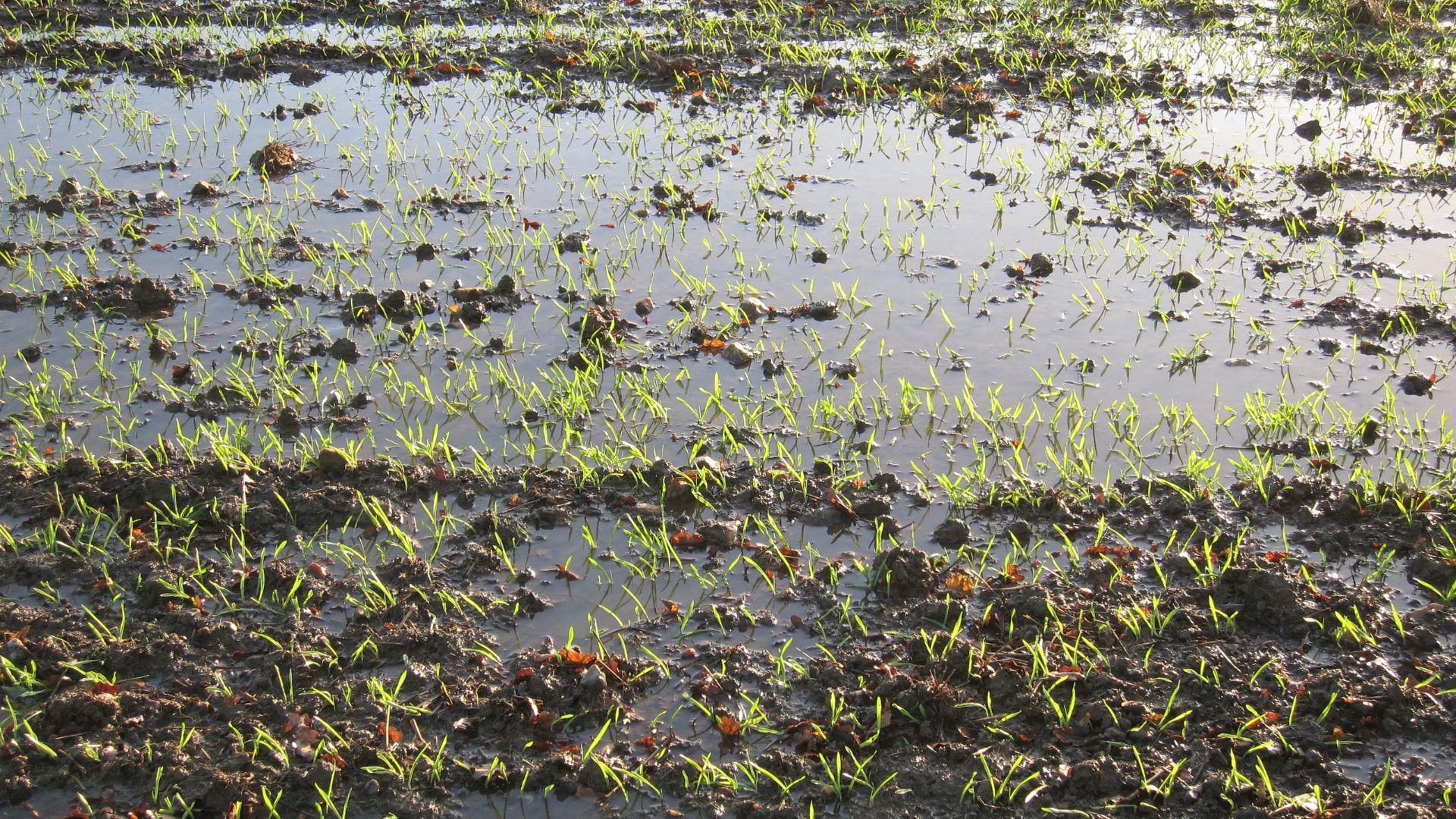
As global temperatures rise and weather patterns become increasingly erratic, wheat crops face unprecedented challenges. The genetic diversity found in the Watkins Collection offers a potential lifeline for developing climate-resilient wheat varieties. Scientists are exploring traits that could help wheat withstand heat stress, drought, and other extreme weather conditions that are becoming more common due to climate change.
The collection’s diversity may also hold keys to creating wheat varieties that can thrive in new geographical areas as traditional growing regions become less suitable. By tapping into this genetic reservoir, researchers aim to breed wheat that can adapt to shifting climate zones, ensuring continued global food security. This proactive approach could help mitigate the impact of climate change on one of the world’s most important food crops.
Combating Wheat Fungal Diseases
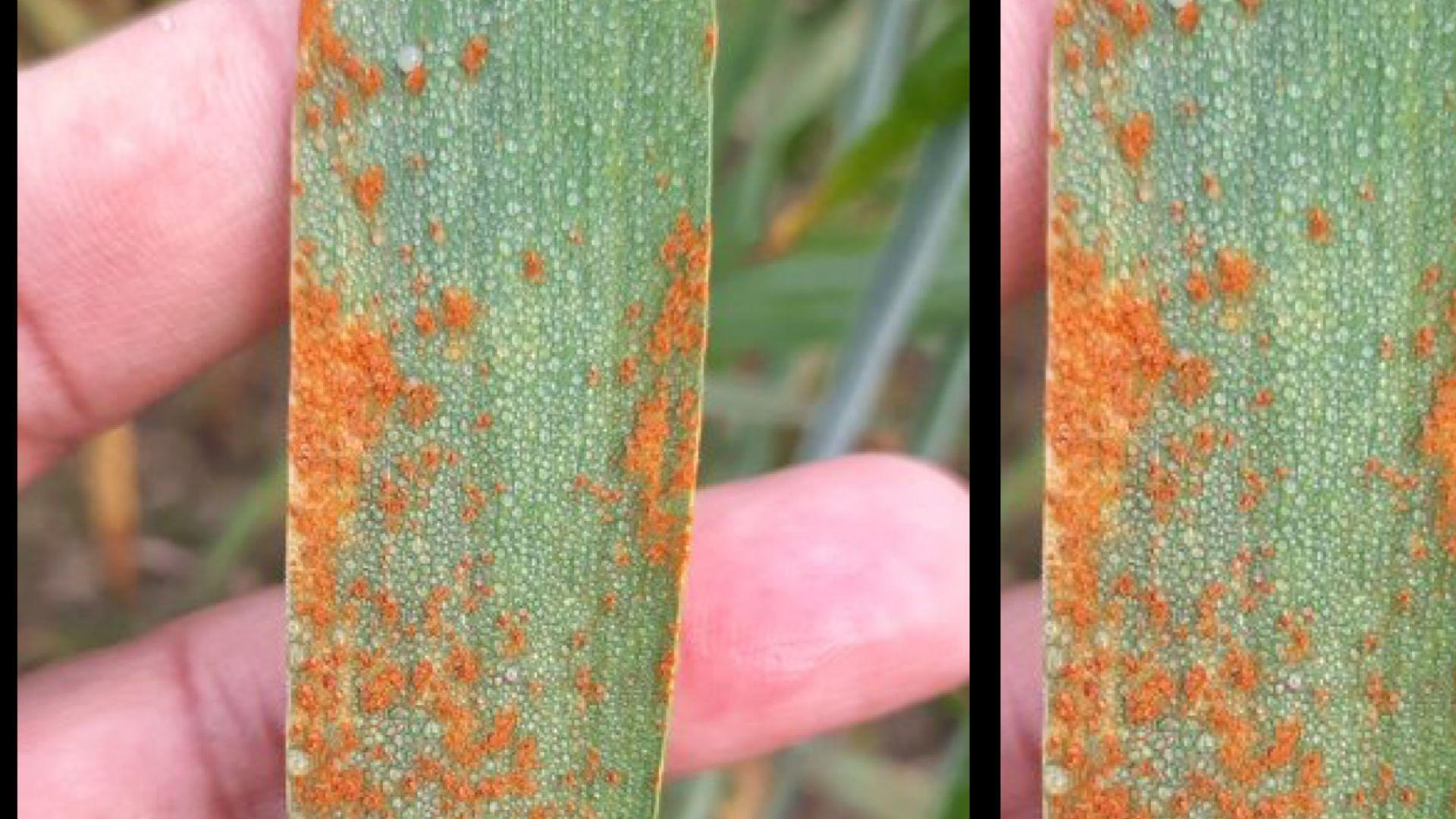
Fungal diseases pose a significant threat to wheat production worldwide, with pathogens like wheat blast causing devastating crop losses. The Watkins Collection has already proven valuable in this fight, with researchers discovering genes that provide resistance to both wheat blast and powdery mildew. This dual resistance, found in a gene on chromosome 2a, demonstrates the collection’s potential for addressing multiple plant health issues simultaneously.
By identifying and incorporating these naturally occurring resistance genes into modern wheat varieties, scientists can develop more robust crops that require fewer fungicides. This not only helps protect yields but also contributes to more sustainable farming practices. The diverse genetic pool of the Watkins Collection may harbor additional resistance genes for other current and emerging wheat diseases, making it an invaluable resource in the ongoing battle against crop pathogens.
Reducing Agricultural Greenhouse Emissions

Agriculture, particularly the use of nitrogen fertilizers, is a significant contributor to greenhouse gas emissions. The genetic diversity within the Watkins Collection offers potential solutions for developing wheat varieties that require less nitrogen fertilizer without compromising yield. This could lead to a substantial reduction in agriculture’s carbon footprint.
Researchers are exploring genes that might improve nitrogen use efficiency in wheat, allowing plants to grow well with reduced fertilizer input. Additionally, traits that enhance root systems or improve symbiotic relationships with soil microorganisms could further reduce the need for synthetic fertilizers. By breeding these characteristics into modern wheat varieties, scientists aim to create more environmentally friendly crops that maintain high productivity while minimizing their impact on climate change.
Ensuring Global Food Security
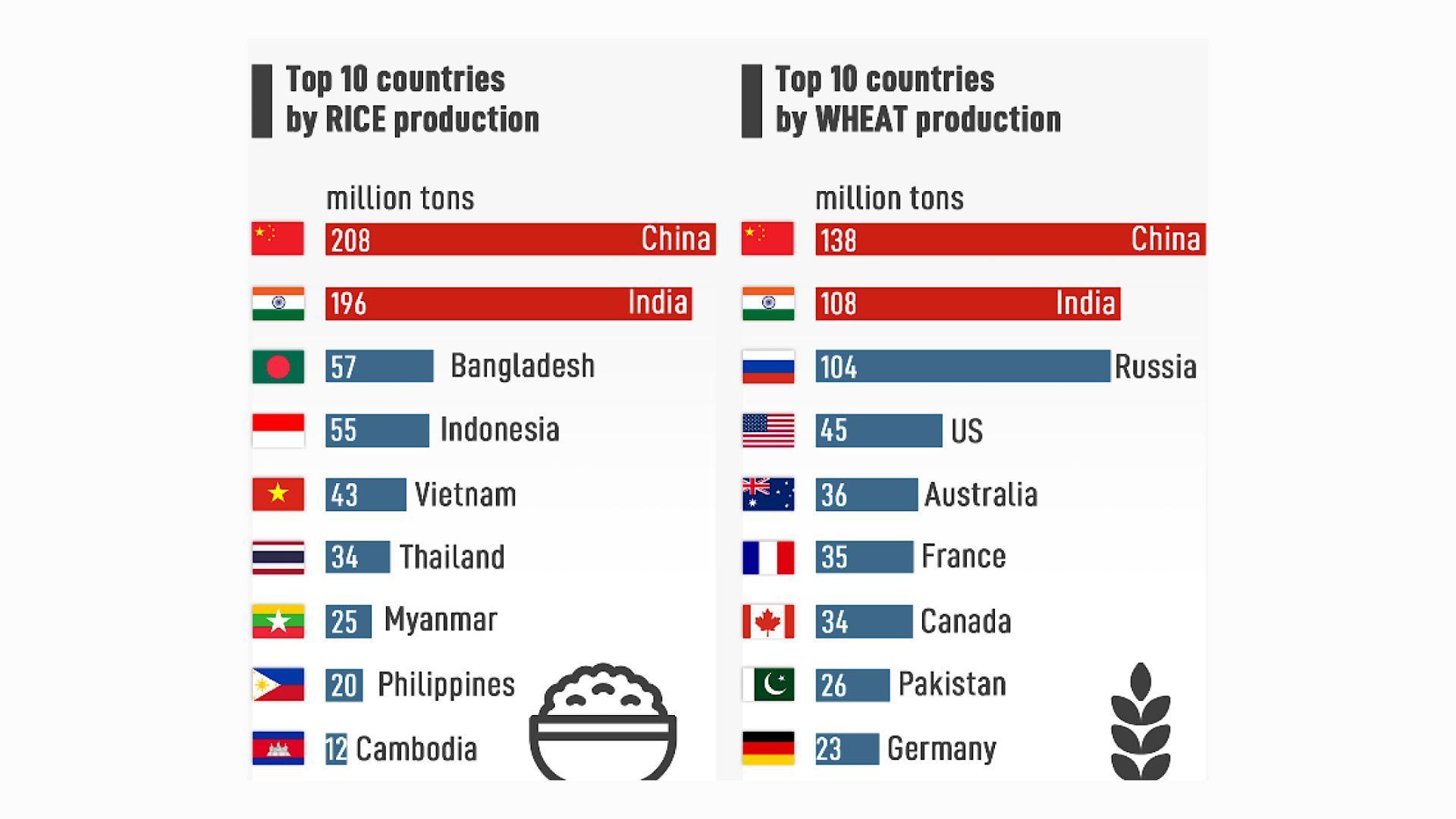
Wheat accounts for 20 percent of humanity’s total calorie intake worldwide, making it a crucial component of global food security. The genetic diversity found in the Watkins Collection offers a powerful tool for enhancing wheat’s resilience and productivity in the face of growing environmental challenges. By developing varieties that can withstand diverse climatic conditions and resist emerging diseases, researchers aim to stabilize and potentially increase wheat yields globally.
Furthermore, the collection’s genetic resources could lead to the creation of wheat varieties with improved nutritional profiles. This could help address malnutrition issues in regions heavily dependent on wheat as a staple food. By ensuring a more stable and nutritious wheat supply, the Watkins Collection could play a vital role in feeding the world’s growing population well into the future.
Genetics to Breeding Process
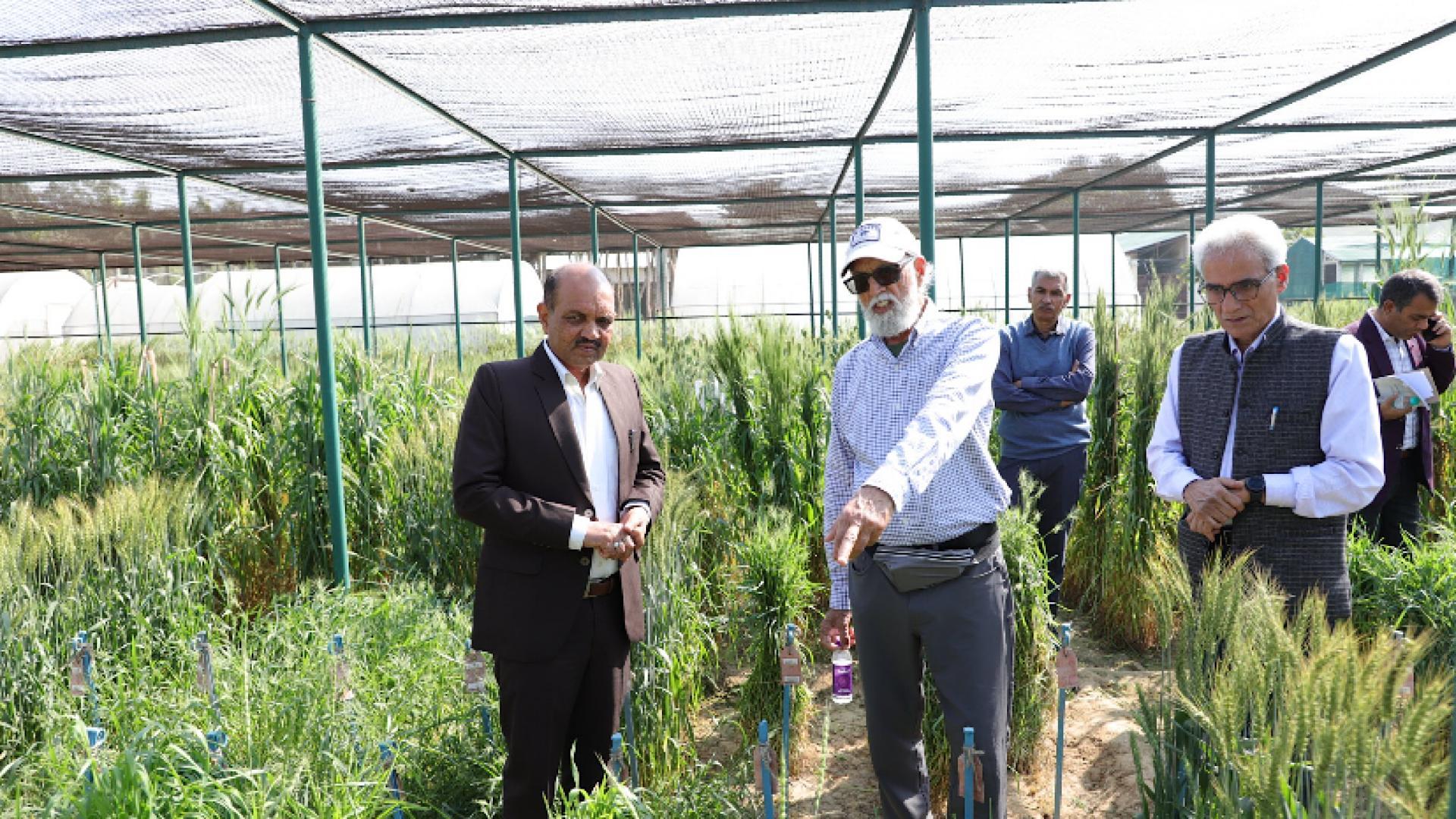
The journey from genetic discovery to new wheat variety involves several steps. It begins with genomic sequencing and analysis of the Watkins Collection to identify beneficial traits. Researchers then use various breeding techniques, including marker-assisted selection and genetic modification, to incorporate these traits into modern wheat lines.
This process involves extensive field trials to evaluate the performance of new wheat varieties under different environmental conditions. Scientists must balance desired traits with yield potential and other agronomic characteristics. The breeding cycle can take several years, but advanced techniques are helping to accelerate this process. Ultimately, the goal is to develop wheat varieties that combine the best traits from both heritage and modern varieties, creating crops that are both high-yielding and resilient.
Open-Access Wheat Research Portal
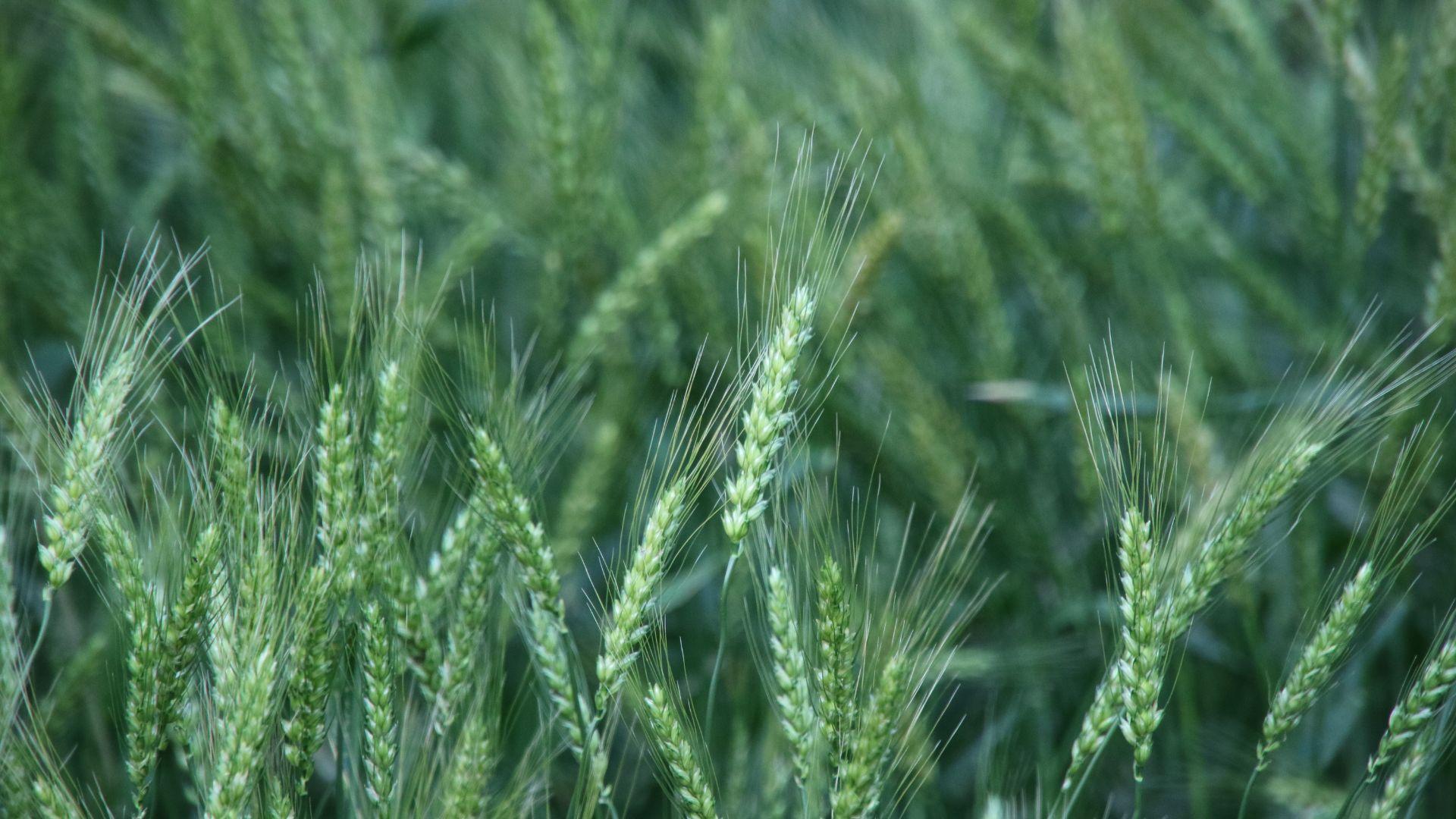
The Watkins Worldwide Wheat Genomics to Breeding Portal represents a significant step towards collaborative, global wheat research. By making the genetic data from the Watkins Collection freely available, this portal enables scientists worldwide to access and utilize this valuable resource. This open-access approach accelerates research and breeding efforts across different regions and institutions.
The portal not only provides raw genetic data but also offers tools for analysis and interpretation. This democratization of wheat genetics research has the potential to spark innovative approaches to wheat breeding and lead to faster development of improved varieties. By fostering international collaboration, the portal ensures that the benefits of the Watkins Collection can be leveraged globally, potentially leading to breakthroughs that address region-specific agricultural challenges.
Crop Diversity Preservation Lessons
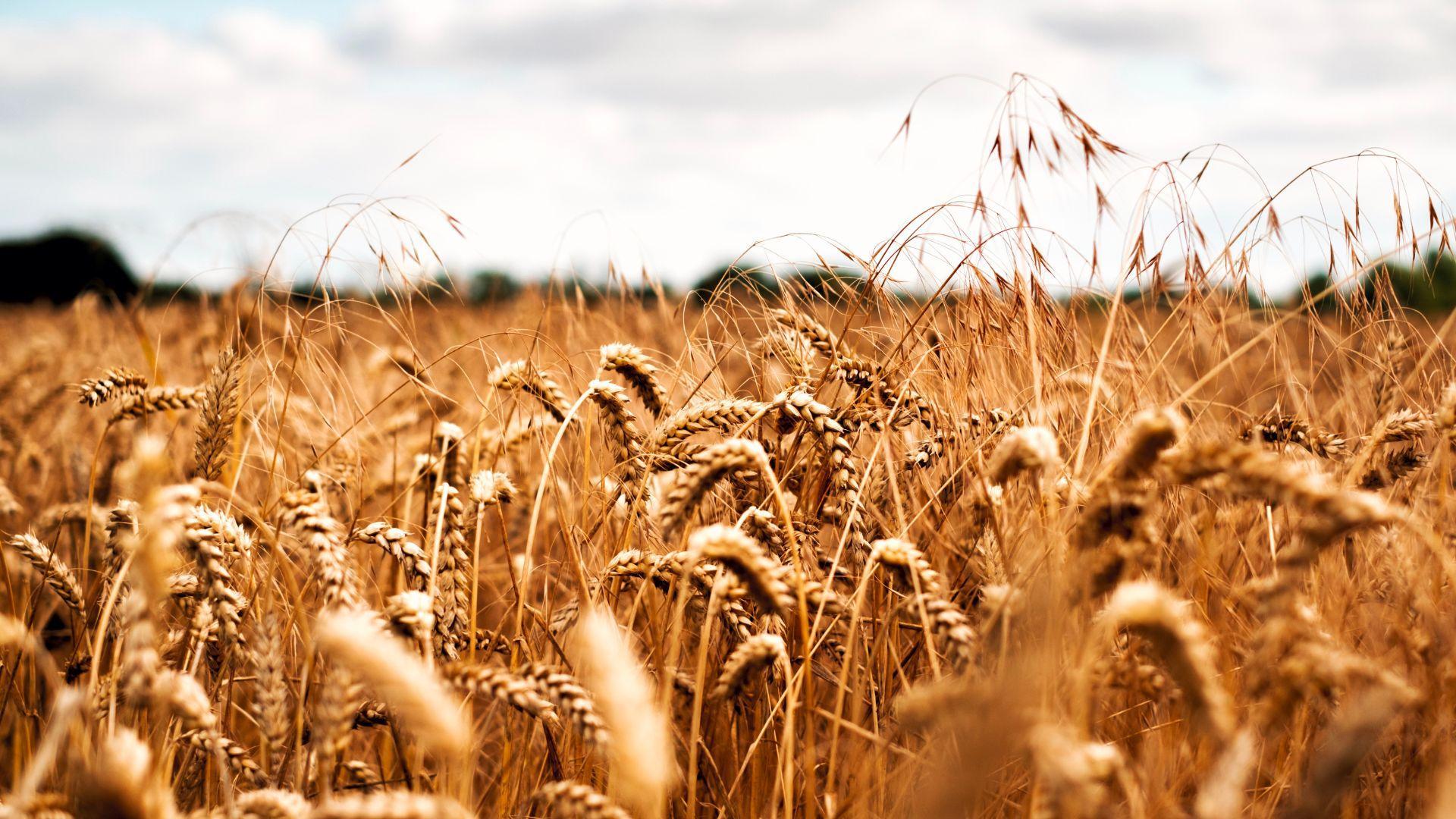
The Watkins Collection serves as a powerful example of the importance of preserving crop diversity. Its value, realized nearly a century after its creation, underscores the need for continued efforts to collect and conserve diverse plant genetic resources. This lesson extends beyond wheat to other crops, highlighting the potential long-term benefits of maintaining broad genetic collections.
The success of the Watkins Collection in contributing to modern wheat breeding efforts provides a strong argument for increased investment in similar initiatives for other crops. It emphasizes the need for comprehensive, global approaches to crop diversity preservation, including both ex situ (in gene banks) and in situ (in natural habitats) conservation methods. By safeguarding genetic diversity across all major crops, we can ensure that future generations have the resources needed to adapt agriculture to changing environmental conditions and societal needs.

